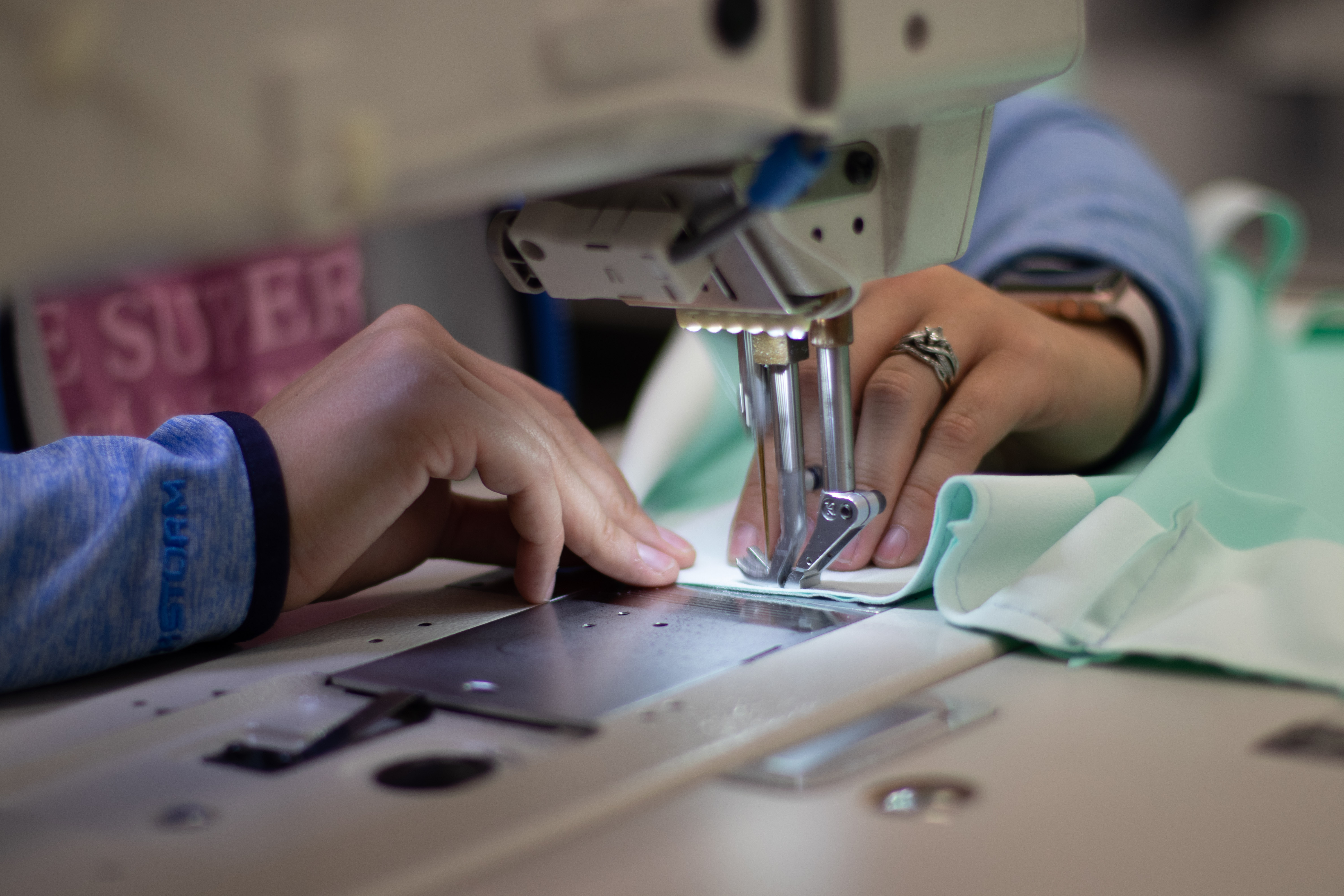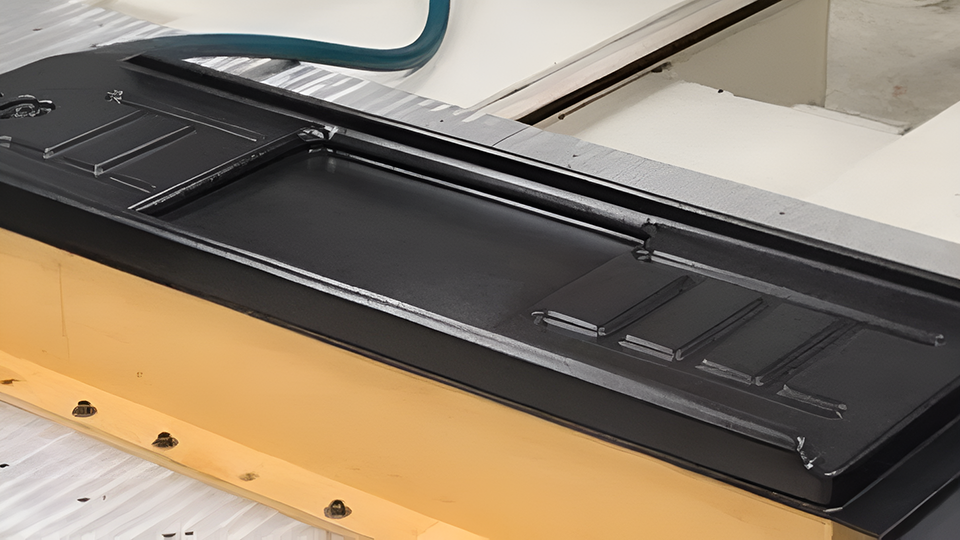A Complete Guide: Choosing the Right Medical Sewing Contract Manufacturer
Finding the perfect sewing contract manufacturer is a critical decision for businesses looking to outsource their production processes. Whether...
3 min read
Domico Med-Device November 15, 2024
Quality assurance is essential in medical device manufacturing, where safety, reliability, and regulatory compliance are paramount. One of the most effective ways to demonstrate these qualities is through ISO 13485 certification, a globally recognized standard for quality management systems (QMS) in the medical device industry. This article explores what ISO 13485 entails, its importance for manufacturers, and the benefits it brings to companies and consumers alike.
ISO 13485 is an international standard defining the requirements for a quality management system tailored to the medical devices industry. Developed by the International Organization for Standardization (ISO), this standard was first published in 1996 and was most recently updated in 2016 (ISO 13485:2016). The framework set by ISO 13485 helps manufacturers ensure their products consistently meet regulatory and customer expectations for safety, quality, and reliability.
Developed by the International Organization for Standardization (ISO), this standard was first published in 1996 and was most recently updated in 2016 (ISO 13485:2016). The framework set by ISO 13485 helps manufacturers ensure their products consistently meet regulatory and customer expectations for safety, quality, and reliability.
The ISO 13485 standard covers every aspect of a medical device's life cycle, from design and development to production, storage, and distribution. Companies certified to ISO 13485 are required to follow a structured, documented approach to product quality management, which helps mitigate risks and ensure compliance with various regulatory agencies worldwide.
Achieving and maintaining ISO 13485 certification can provide numerous advantages for medical device companies. Below are the main reasons why this certification is vital for manufacturers in the healthcare sector:
ISO 13485 is often a regulatory requirement for manufacturers looking to market their devices globally. For example, the U.S. FDA has updated its quality system regulations to align more closely with ISO 13485 through the amendment of 21 CFR Part 820, effective February 2026. In Europe, ISO 13485 is the only quality management standard recognized under the Medical Device Regulation (MDR), making it essential for companies seeking to operate in the European market.
This alignment with regulatory standards means that ISO 13485 certification streamlines the regulatory approval process, making it easier for companies to enter multiple markets. By meeting ISO 13485 standards, companies can better ensure their products comply with legal and regulatory requirements in regions like North America, Europe, and beyond.
ISO 13485 establishes a comprehensive quality management framework, promoting practices that drive higher product quality. By implementing these best practices, manufacturers can reduce the likelihood of defects and improve product reliability. This results in fewer recalls, fewer customer complaints, and a stronger reputation for the company.
ISO 13485 emphasizes risk management at every stage of the product lifecycle, from development to post-market surveillance. By proactively identifying and mitigating risks, companies can avoid issues that may endanger patient safety or damage the company’s reputation. This structured risk management approach helps ensure devices are not only effective but also safe for end-users:
For companies and consumers alike, ISO 13485 certification is a mark of quality and reliability. Companies with this certification demonstrate their commitment to meeting high standards, which can enhance trust and confidence in their products. Customers and stakeholders are more likely to do business with ISO-certified companies, improving customer retention, satisfaction, and ultimately driving sales.
ISO 13485 certification requires manufacturers to follow specific quality management principles designed to optimize each step of the product life cycle. Here are some of the main elements:
 Documentation is a critical component of ISO 13485. Certified companies must establish and maintain well-documented procedures covering all controlled processes. This includes everything from design controls to supplier management. By clearly outlining these processes, companies ensure consistency and compliance throughout their operations, which is essential for both quality control and regulatory compliance.
Documentation is a critical component of ISO 13485. Certified companies must establish and maintain well-documented procedures covering all controlled processes. This includes everything from design controls to supplier management. By clearly outlining these processes, companies ensure consistency and compliance throughout their operations, which is essential for both quality control and regulatory compliance.
ISO 13485 mandates a risk-based approach to every aspect of medical device production. This involves identifying potential risks associated with the device, evaluating their impact, and implementing risk mitigation strategies. This ongoing approach ensures that companies address quality concerns proactively, rather than reactively, protecting patients and the company’s reputation.
Medical device manufacturers certified to ISO 13485 are required to follow a structured, documented design and development process. This involves stages of verification, validation, and design transfer to ensure products meet performance and regulatory requirements. By following these structured steps, companies can produce devices that are not only compliant but also safe and effective.
The quality of a medical device is often influenced by the quality of its components. ISO 13485 includes requirements for managing suppliers to ensure they meet quality standards. Certified companies must evaluate and monitor their suppliers regularly to verify compliance, helping prevent quality issues down the supply chain and ensuring product integrity.
Top-level management plays a crucial role in the implementation and maintenance of ISO 13485. The standard requires management to be actively involved in setting quality policies, establishing objectives, allocating resources, and regularly reviewing the system's effectiveness. This level of engagement ensures a company-wide commitment to quality, regulatory compliance, and continual improvement.
ISO 13485 certification is more than just a regulatory formality. For companies, it offers a clear framework for excellence in quality and safety, leading to products that are more reliable and trustworthy. For consumers, ISO 13485 certification is a mark of assurance, indicating that a device has been produced according to the highest standards.

Domico Med-Device exemplifies excellence in providing services for medical device manufacturing. With advanced capabilities, extensive experience, and a commitment to quality, Domico Med-Device ensures that every component meets the highest standards of safety and performance.
Have an idea for a medical device? Contact us today to bring your product to life!
Want to learn more? Check out these blog posts to learn more about medical device contract manufacturing.

Finding the perfect sewing contract manufacturer is a critical decision for businesses looking to outsource their production processes. Whether...

In the medical device industry, coating plays a vital role in ensuring that products are durable, cleanable, and biocompatible. High-quality coatings...

In the medical device industry, the creation of durable, functional, and biocompatible components is paramount. One of the key techniques used in...